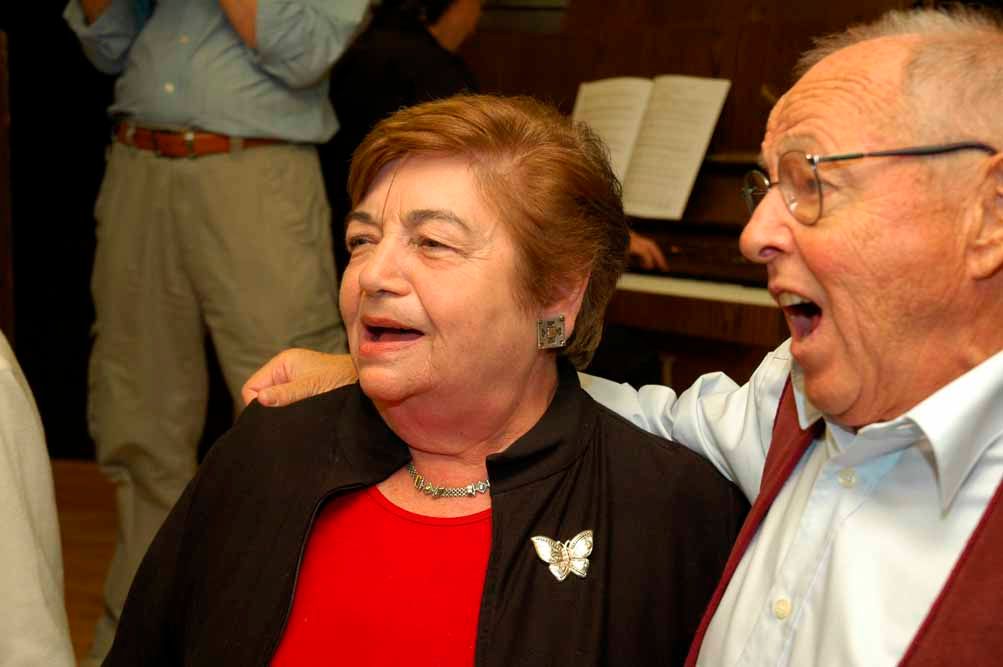A special group of Holocaust survivors carries on this memory - the "Girls of Room 28". More than 75 years ago, between 1942 and 1944, they lived together in a very small space in the Theresienstadt ghetto, in the Girls’ Home L 410 – (Long Street 4 number 10).They were 12 to 14 years old, Jewish prisoners, most of them from the Czechoslovak Republic , some originally from Austria, who, after the Germans invaded their homeland, lost their belongings, were deprived of their civil rights and, some alone, some with their parents or with only one parent, were deported to the Theresienstadt ghetto. There, in room 28, their paths crossed.
When the rehearsals for performances of the opera began in July 1943, girls from Room 28 were also part of it. Ela Stein played the cat, Maria Mühlstein the sparrow, Handa Pollak and Anna Flach (Flaška) sang in the chorus of schoolchildren. And twice Flaška stood in for the role of Aninka and Handa for the dog. A few times the talented Maria Mühlstein, played Aninka alongside her brother Piňta, while young Stephan Sommer played the sparrow.
Image:
Cover of the American edition, 2009













